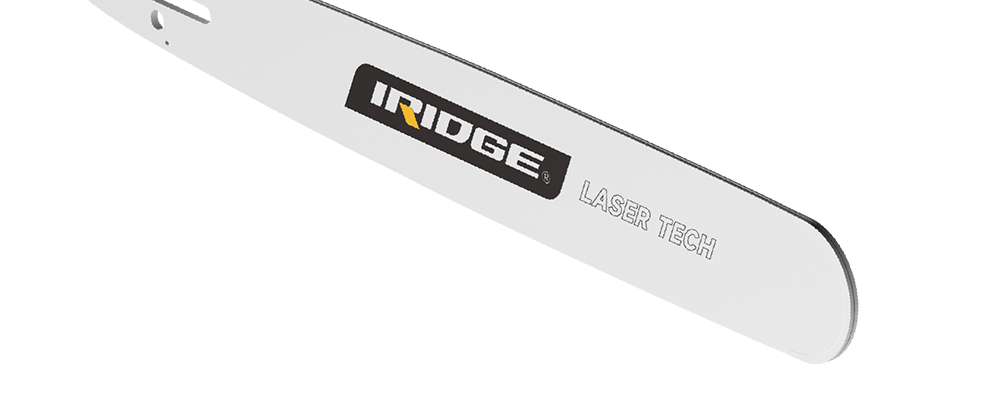The lifespan of a chainsaw guide bar can vary significantly depending on how it is used, maintained, and the type of work it performs. On average, a chainsaw guide bar can last 3 to 10 years under normal use. However, with heavy use or poor maintenance, it may wear out much faster—sometimes within a single season of professional logging or cutting.
What is a Chainsaw Guide Bar?
The guide bar is the long metal piece around which the chainsaw chain runs. It helps guide the chain as it spins and cuts through wood. A straight, strong, and smooth guide bar is essential for safe and efficient cutting. As it wears out, the performance of the chainsaw can decline, and the risk of dangerous kickbacks increases.
Factors Affecting Chainsaw Guide Bar Lifespan
1. Frequency of Use
The more often a chainsaw is used, the quicker its guide bar will wear out. Professional loggers who use chainsaws daily may need to replace the bar every few months. In contrast, casual homeowners using a chainsaw a few times a year might get several years of service from a single bar.
2. Type of Work
Heavy-duty tasks like felling large trees or cutting hardwoods put more stress on the guide bar than light trimming or pruning. Cutting through dirty wood, ice-covered logs, or materials with embedded nails or debris can also accelerate wear.
3. Maintenance Practices
Proper maintenance greatly extends the life of the guide bar. Key maintenance steps include:
Regularly flipping the bar to promote even wear on both sides.
Cleaning the bar groove and oil holes to prevent clogging.
Using the correct bar oil to keep the chain and bar well-lubricated.
Inspecting and replacing the chain when it becomes dull or damaged.
Neglecting these steps can lead to premature wear, overheating, and even warping of the bar.
4. Chain Tension
An improperly tensioned chain—whether too tight or too loose—can cause uneven pressure on the guide bar. This leads to increased friction, faster wear, and potential bending or grooving of the bar rails.
5. Quality of the Bar
Not all guide bars are created equal. High-quality bars made by reputable manufacturers (such as Oregon, Stihl, or Husqvarna) often use hardened steel and superior design features that resist wear and deformation. Cheaper bars may be more prone to bending or groove damage under stress.
Signs Your Guide Bar Needs Replacing
It’s important to know when your chainsaw guide bar has reached the end of its service life. Common signs include:
Uneven rail wear, where one side of the bar is noticeably more worn than the other.
Widened or damaged bar groove, making it hard for the chain to stay aligned.
Burn marks or discoloration, indicating overheating or poor lubrication.
Visible cracks or bends in the bar.
Increased vibration during operation, or the chain wobbling while spinning.
Difficulty making straight cuts, which can happen if the rails are worn or the bar is bent.
Extending the Life of Your Guide Bar
To get the most from your chainsaw guide bar, follow these best practices:
Flip the bar regularly to balance the wear on both sides.
Sharpen the chain frequently, as a dull chain causes more friction and stress on the bar.
Keep the oiling system clean and functioning, ensuring adequate lubrication during use.
Avoid forcing the saw through cuts, letting the chain do the work instead.
Store the chainsaw properly, avoiding damp or dirty environments that can cause rust or debris buildup.
A well-maintained chainsaw guide bar used under moderate conditions can last for many years. However, heavy use, poor maintenance, or low-quality parts can lead to early wear and failure. By keeping the bar clean, properly lubricated, and used with a sharp chain, you can significantly extend its working life and ensure safe, effective cutting performance every time you use your chainsaw.





